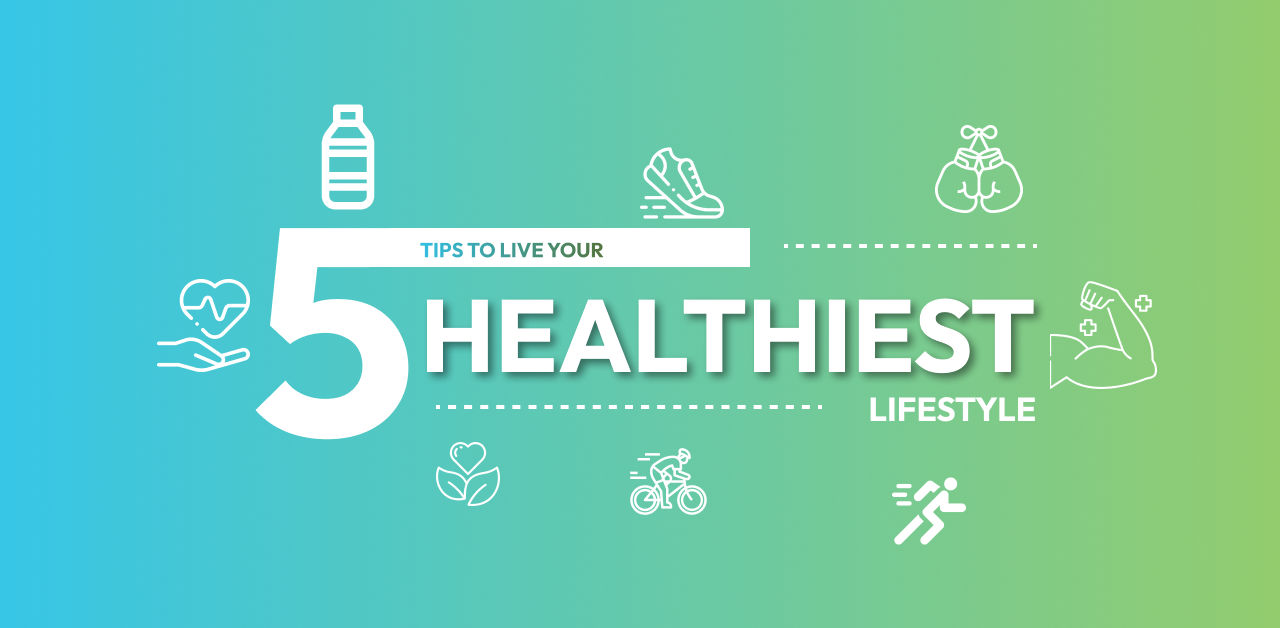Introduction:
A journey towards a Healthy Life, stronger life can be a transformative and personal experience. It is a holistic approach that includes nutrition, physical activity, and mental well-being. This comprehensive guide will provide you with unique perspectives and practical insights to help you create a Healthy Life that is sustainable and fulfilling.
Find Your Healthy Lifestyle
Healthy living is not a one-size-fits-all concept. It’s all about finding out what makes you happy and healthy. Finding a balance that is in line with your personal preferences and values, whether it’s through a stroll, a ketogenic eating plan, or spending quality time with the family, is key.
Benefits of a healthy lifestyle:
Preventing Disease
- Impact of diet on heart health: An 8-week standard American diet rich in fruits and vegetables reduced the risk of cardiovascular diseases.
- Fruit and Vegetable Consumption vs. A 2020 study found that daily consumption of fruits and vegetables reduced the risk of Type 2 diabetes by 25%.
- Whole Grains to Prevent Diabetes: Switching to whole grains led to a 29% decrease in the rate of Type 2 diabetes.
- Whole Grains Reduce Cardiovascular and Cancer Risks: A review of 45 studies revealed a significant reduction in the risk for cardiovascular disease and melanoma.
- A study from 2020 found that 11 minutes of physical activity per day reduced mortality risk.
Save Money on Your Purchases
- Annual physical exams are beneficial: Regular checkups can help detect silent health problems.
- Preventive health reduces costs: Maintaining good physical health reduces the likelihood that you will need frequent medical treatment and doctor visits.
Lengthening Lifespan:
- Living a long life: Healthy habits such as not smoking, maintaining an ideal weight, being physically fit, and moderate alcohol intake can add up to fourteen years to your lifespan.
- Environmentally Beneficial:
- Impact of Ultra-Processed Foods: More than 70 percent of food in U.S. grocery stores is ultra-processed. This contributes to environmental issues.
- Simple changes: diet and transportation can reduce greenhouse gas emissions.
Small Changes, Big Impact
A healthier lifestyle can be achieved by making gradual changes. Setting SMART goals is the key to a Healthy Life.
Tips for small changes:
Eat more vegetables:
- Research Support: An analysis from 2010 suggests that increasing fruit and vegetable consumption can reduce the risk of many diseases.
- Practical Tips: Include less-processed veggies in your daily meals to ensure a healthier diet.
- Variety is important: Try different cooking methods and flavors for vegetables to make them a part of your meal.
Replace whole grains with:
- Health Benefits of Whole Grains: Studies conducted in 2017, 2016, and 2020 revealed that whole grains improve metabolism and reduce the risk of cancer, diabetes, and heart disease.
- Steps to take: Replace one refined grain a day with one whole grain.
- Discovering New Grains: Try out different whole grains such as quinoa, millet, and farro to expand your palate.
Be More Active
- Rethink Exercise: Choose enjoyable activities such as dancing, online workouts or walking.
- Gradual Increase: Start by adding 10 minutes five days a week, and then add more as you get comfortable.
- Explore Activities: Find a routine that you enjoy, whether it is yoga, hiking or playing sports.
Keep Friendships
- Positive relationships are essential for mental health.
- Staying connected: Even in the digital age, you can maintain connections by using video chats or phone calls.
- Plan quality time with family and friends to strengthen emotional bonds.
Control Stress:
- Understanding Stress: Stress is a major cause of health problems such as heart disease, diabetes, and depression.
- Stress-Relieving Activities: Exercise, mindfulness, spending nature time, and maintaining social relationships.
- Prioritizing self-care: Schedule regular moments of self-care, whether it is a quiet walk, a reading session, or a relaxing soak.
Making informed choices for a better world
Your choices have an impact on your health and the environment. Conscious consumption and transportation can help create a healthier environment.
Environmental Impact of Food Choices
- Ultra-processed foods: More than 70 percent of the foods sold in U.S. grocery stores are ultra-processed. This contributes to environmental problems.
- Reducing carbon footprint: Simple changes to diet and transportation can reduce greenhouse gas emissions significantly.
- Supporting Local Farmers – Explore local, sustainable options to reduce the carbon footprint of long-distance transport.
Sustainable Transportation:
- Bicycling vs. driving: By choosing to bike instead of driving for short distances, you can reduce carbon dioxide emissions and contribute to environmental conservation.
- Commute Choices: A study found daily biking instead of driving could save hundreds of life years per year in a county because of reduced vehicle emissions.
- Public Transportation: Use public transportation or carpooling as a way to reduce your carbon footprint.
Global Impact of Dietary Options:
- Reducing Meat consumption: Livestock used for meat and dairy production is responsible for a large percentage of greenhouse gas emissions.
- Individual Impact: Reducing your weekly beef consumption will have a positive impact on global warming.
- Meatless options: Try meatless meals, or add plant-based protein to your diet for a less impactful environment.
VISIT ALSO: How to Effectively Manage Stress in Today’s Fast-Paced World
Conclusion:
A journey to a healthier and stronger life is an ever-changing process. You can achieve a balanced and fulfilling lifestyle by making small, consistent changes that are tailored to your preferences. Remember that there is no right or incorrect way to be healthy. What matters most is how you feel. As you embark on this journey, be open to new possibilities. Celebrate your successes and prioritize the well-being that brings you joy and vitality. Here’s to thriving at wellness!
